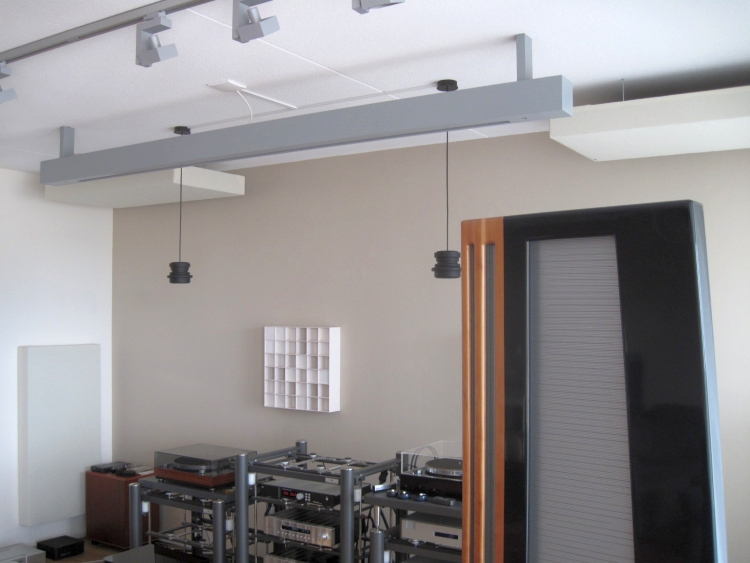
Adding GiK acoustic treatment in the main listening room
Retail price for one box containing two 600 x 1200 mm 244 panels: approx 150 euro ex shipping
After having so successfully installed four 244 panels in the Media Room, the main listening room was still untreated. When I finally did install some 244 panels in the main setup, I was stunned at the results. Naturally, I have always been aware of the potential benefits of acoustic treatment, so why did I not do this years ago?
To answer that question: I did try various forms of room treatment for the main listening room, but it seemed like anything I did, muffled the sound of the Apogee Divas. Also, the speakers already worked very well in this room au naturel and did not seem to really need any treatment. That is until I heard the difference after installing four 244 panels. But let me go back a little in time.
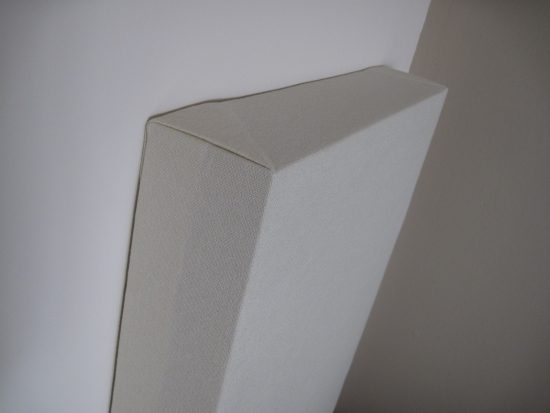
Back story
After having found the ideal spot for the Apogees, the sound had always been very good in the main listening room and there was no need for acoustic treatment. But after I removed two very large wall-filling paintings the room had gotten a little too lively. Especially when chatting with friends near the system, our voices would reverberate heavily at certain frequencies, as well as revealing one or two room modes high up in the mid-bass. The Apogees themselves, however, did not seem to excite these modes, so my plan was to reduce this effect without affecting the Apogees’ liveliness.
Because I already knew that Apogees (and likely all dipole planar speakers) do not seem to like a damped rear wall, I decided to try a bunch of Hofa diffusors on said wall. While this worked to some extent, I learned that using 8 of them, while looking stunning visually, resulted in muffled dynamics and blurry bass, but 2 of them actually improved imaging and focus. Read the extensive Hofa review for more info. Naturally, 2 small diffusors did little to solve the problem with the resonance and reverb.
I managed to find a large number of used Acustica Applicata DaaD Tube Traps which allowed me to experiment thoroughly. The results from these experiments showed that these tube traps work best adding the final touch to a limited frequency range in an already mostly optimized room, as they do now in the Media Room. They really do work, but their effect is quite subtle. To put it more bluntly: they do not really solve big bass problems on their own. GiK 422 broadband bass traps, on the contrary, are extremely effective, as I know of personal experience, as well as highly affordable.
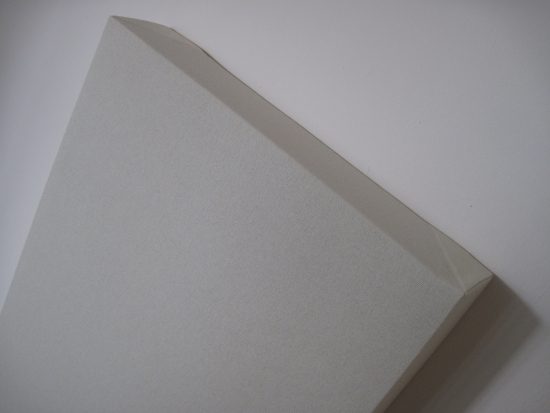
Biting the Bullet
By now I had sort of decided to install GiK bass traps but as far as the sound of the Divas was concerned, I was still afraid to do so. Only after I completed several reviews of dynamic speakers (as opposed to dipole panels) it became clear that the room really did need treatment in order to make those speakers sound really good. Without it I had to rotate the listening position and place the speakers laterally in the middle of the room, which created very good sound but made the living room a mess otherwise. At this point I started entertaining the idea of one day using a pair of dynamic speakers in place of the Apogees or at least having them co-exist in the same room. This idea finally made me want to treat the room properly.
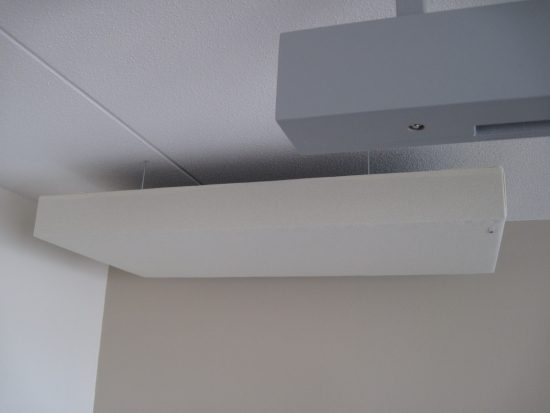
The ceiling panels are mounted the same way as in the Media Room, using long screw-hooks with 10 cm of space between panel and ceiling.
Installing the 244 bass traps
Armed with the knowledge from placing the panels in the Media Room there was no need for further measurements and by means of just placing the panels in various positions, I quickly found the locations responsible for the most prominent room modes. There were two modes behind the speakers: one between floor and ceiling and one between the left and right side walls. The interesting thing is that the 244 panels immediately show a very large improvement when you cover one of the problem areas for the strongest room mode with only one panel, in this case on the ceiling behind one of the speakers. Some similar residual reverb can then still be heard but is clearly at the other end of the room, behind the other speaker. This is then easily remedied by placing a second panel in the mirrored position.
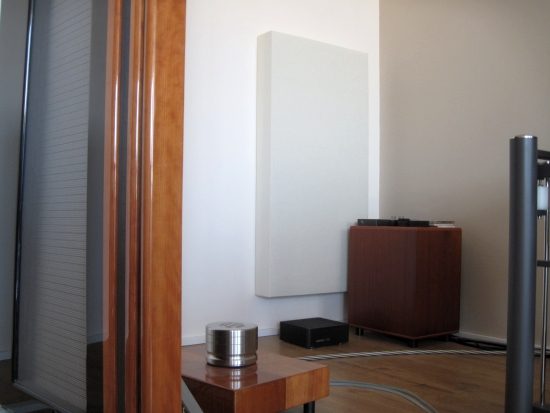
The side wall panels are mounted right against the wall. According to GiK this makes them slightly less effective, but in my case, they proved to work more than sufficiently this way.
In my case I really wanted to avoid overly deadening the room so I opted not to cover the floor areas. There was still the second mode between left and right walls to be dealt with. This mode was again very noticeably reduced after placing a panel against only one of the side walls. Placing the fourth panel on the opposing wall finally really solved the issues entirely for me.
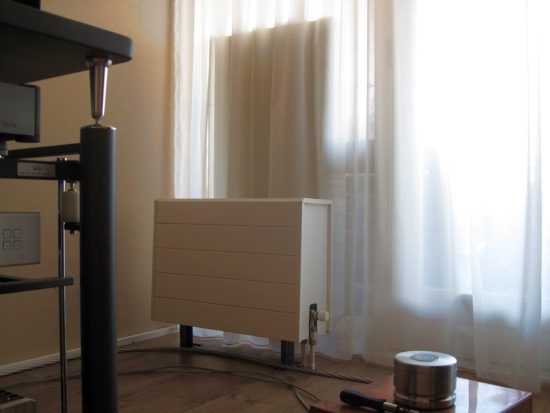
The right-hand side wall panel is placed against the glass, strung between the window frame, and is nicely covered by the transparent drapes, which incidentally do not obstruct its effectiveness in the slightest.
With the room now sounding really even-handed judging from using my own voice, with no obvious modes nor excessive reverb, I almost did not dare to switch on the main system to start listening to the Apogees. Surely they would now sound a little deadened, with some reduced liveliness, right? Wrong!
I was really flabbergasted to find that not only had the Apogees not lost any of their liveliness, but their overall sound had also actually improved considerably! The biggest improvement was in the bass, which was now much more articulate, more tuneful and even-handed, but also more expressive. It had not lost any drive or solidity and PRAT was even improved. Also, the midrange was cleaner and more focused, with better expression and liveliness than before. It seems that subtle sounds were now more easily laid bare and sounding more instant, now that they were no longer obstructed by resonance and colorations which I had not even noticed being present before. This is important to note: even though the speakers seemed to work very well in the sub-optimal non-treated room, they were evidently still hampered by the room issues, without this being obvious!
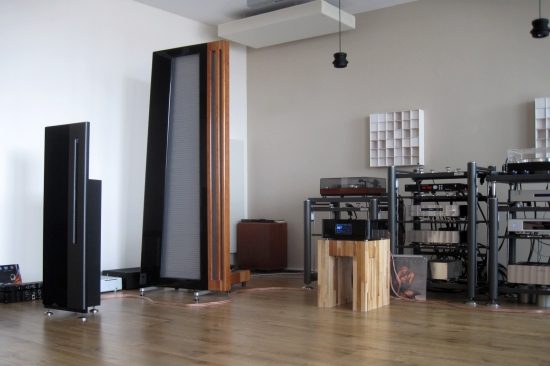
The relatively small hybrid Apogee Centaurs in front of the Divas are well-behaved speakers with a closed cabinet, but still, they also benefit greatly from the improved room acoustics. Speakers with more powerful bass, especially those with bass reflex ports will further benefit from one or two 244 panels mounted on the ceiling, in the middle of the speakers’ position in the room.
The most important lesson of this story is that room treatment is likely to provide improvements in very many rooms and situations. Even if you are not aware of it, your sound could be sub-optimal. Of course, sound engineers have been stating this since forever and having worked in an Audio/Video Post-Pro environment for more than a decade I am well aware of the validity or their claims. The improvements in my Media Room also, of course, speak for themselves, but I was really convinced that it was not needed, or even possible to apply lots of damping to my main setup without it starting to sound, well, damped. The second lesson to take away from this is that it is important to know what kind of treatment to use and to find the exact spot for applying the treatment. Fortunately, GiK offers excellent customer service: if you measure your room and provide some photos, they will calculate where the problem areas are and where you should apply treatment.
Conclusion
GiK already had me convinced of the quality of their products, but this recent experience has really solidified my appreciation for their products. Not only do they work incredibly well in multiple situations and just as well with big panel speakers as with conventional dynamic speakers, but they are also easy to apply and highly affordable. If you have even the slightest doubt that your room might be limiting the sound from your system, by all means, do try a pair of bass traps. Considering the elevated prices of other audio accessories and the willingness with which many audiophiles buy them, myself included, these panels’ prices can certainly be no obstruction!
part 1 – part 2
External Links
Manufacturer: GiK Acoustics
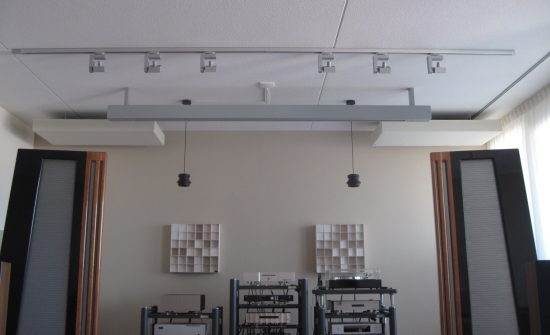
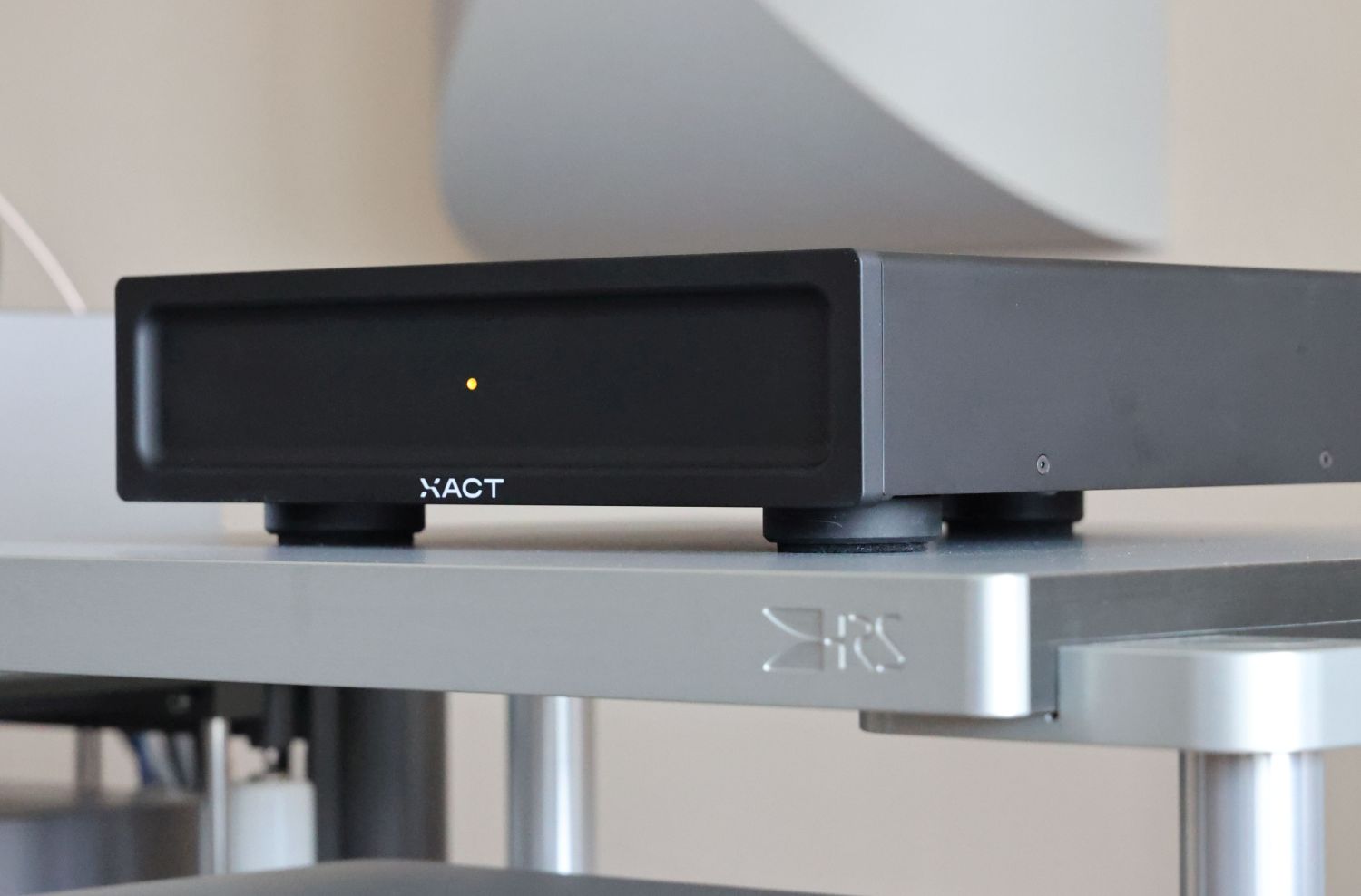
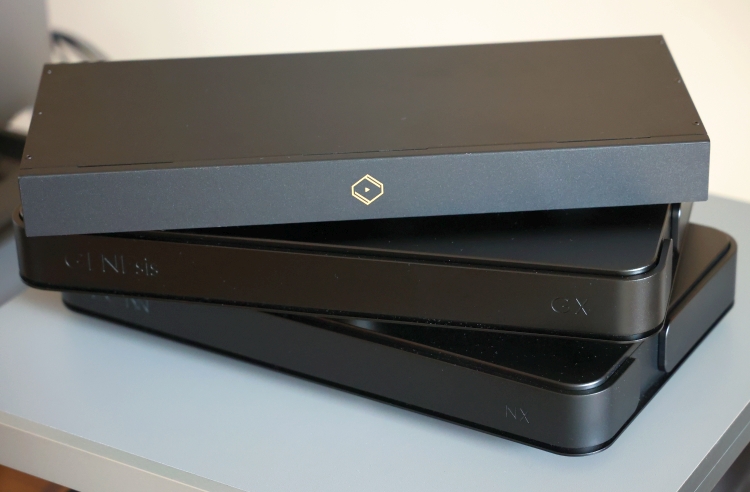
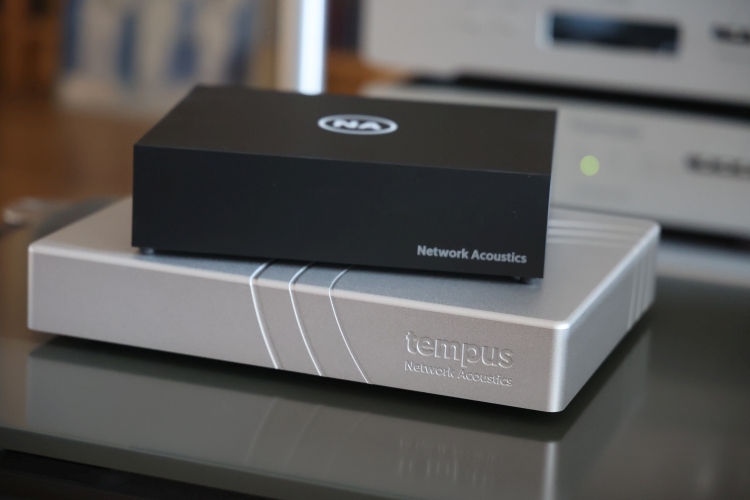

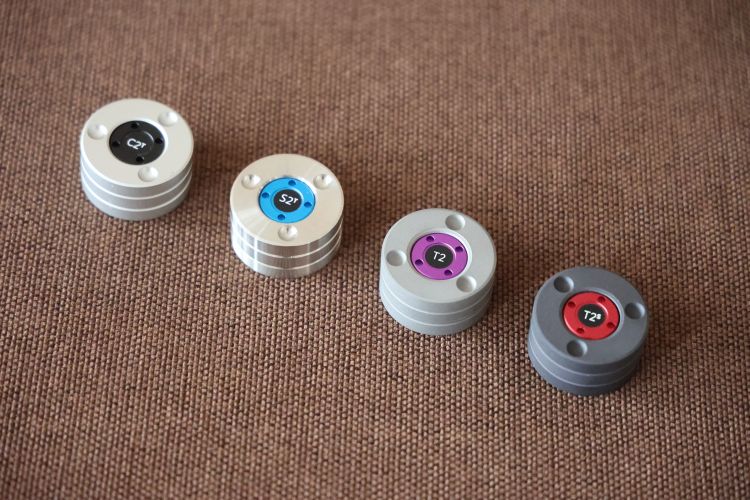
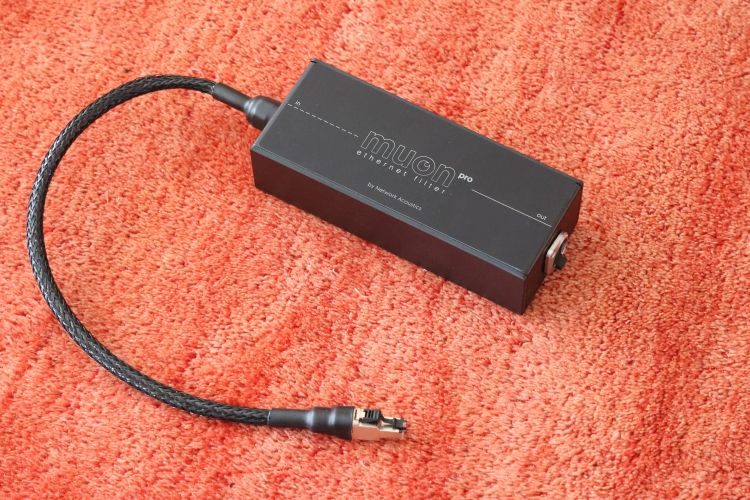
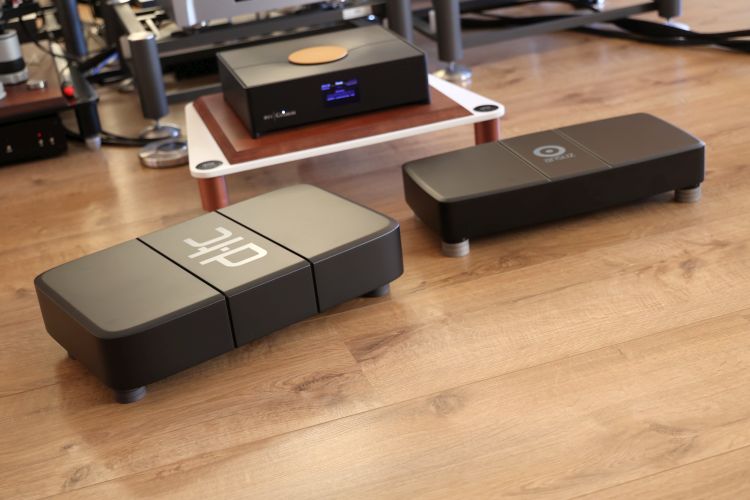
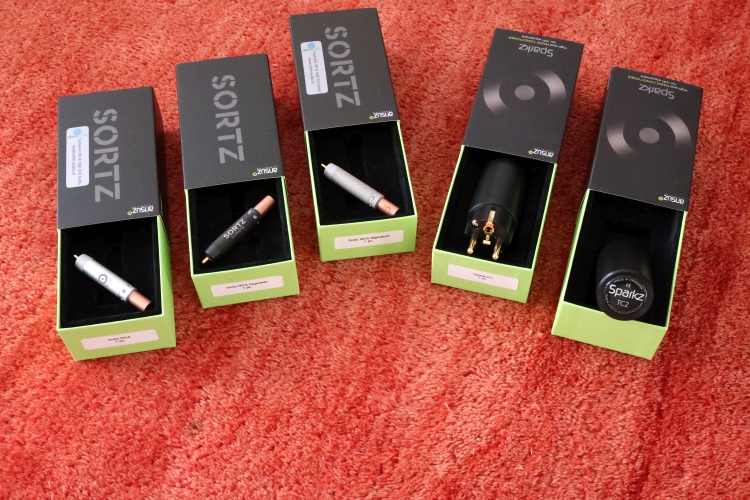
Very cool article. I just ordered 4 of these panels and plan to put them on the ceiling as well. It was great to see how the long hook screws worked out for you. I was thinking of angling them but at 5.25″ i think they might look funny angled. So Just parallel to the floor. Anyways….with the long screws….did you anchor them to the ceiling with toggle bolts or some type of anchor? Did you hit the joists at all on any of them with any trouble? Thanks a ton for taking the time.
-Andy
Hi Andy, in the Netherlands, most buildings are solid concrete. My ceilings are too which means that I can drill in any desired position. In concrete I simply use plastic “pegs”, I think you would call them, in which I screw the screws. We call these a “plug” or “pluggen”. If you have to rely on studs then you could also opt to use two white-painted wooden slats to mount the long screws for all the panels to and fit these in the positions where the studs are.